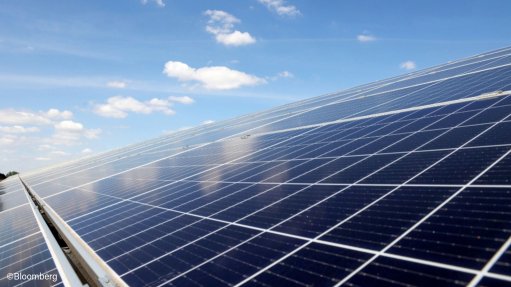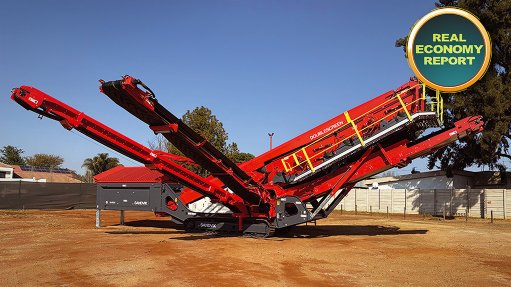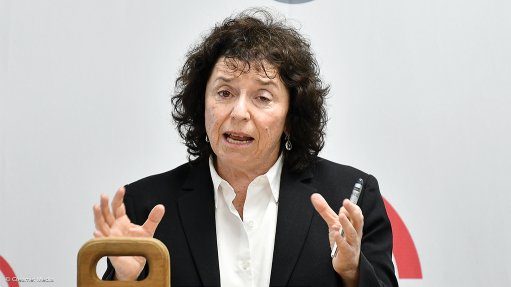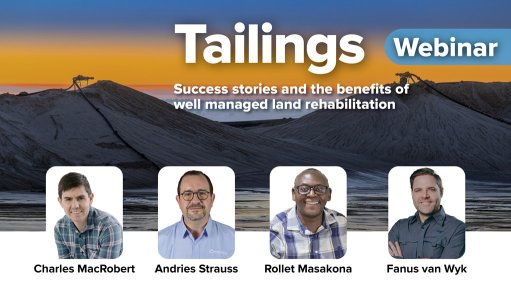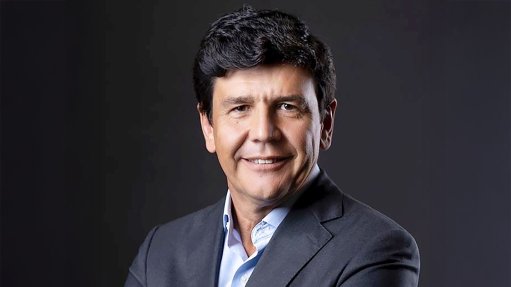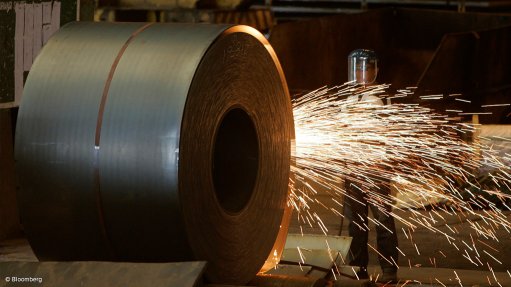An arid future arrives early in South Africa’s farm country
Ben Brynard’s family has been farming sheep in northwest South Africa since 1923, and for the past 66 years has kept records on annual rainfall in the nearby town of Calvinia. In all that time, the three inches of rain he measured for 2019 was the least they’d ever gotten. Brynard looked at official records going all the way back to the late 1800s and confirmed: the area had never had a dryer year.
In good rain years – five to eight inches total – the vegetation is a mix of shrubs, thorny bushes, and long grass, with a few indigenous trees. Even then it's sparse. Summer temperatures go as high as 113º Fahrenheit, and in the dry winters it drops below freezing at night. The Brynards’ and other ranchers’ sheep used to pick through the shrubbery, searching for food. Now they often chase the pickup trucks carrying in the expensive fodder now necessary to keep them alive. “This drought is different,” Brynard says by satellite phone. “It completely broke our backs.”
Calivinia is set within the Great Karoo, a semi-desert region occupying most of South Africa’s western interior and extending north into Namibia. At seven years and counting, the drought is just one of many weather-related crises gripping the region. A three-year dry spell that broke last year almost left Cape Town with no drinking water, and the most severe drought in Zimbabwe in 40 years has contributed to the worst ever famine in the country just to the north of South Africa. “The climate change models show that the Northern Cape will become dryer and warmer,” says Robbie Louw, a director at Promethium Carbon, a Johannesburg-based climate change advisory firm. “In some areas there is no natural vegetation left. It’s becoming like a desert.
“The models used to show that this would happen by 2050,” Louw adds. “But it seems to be happening a lot faster.”
The Karoo region is home to the Karoo lamb, a meat said to be flavored by the herbs that grow between the rocks. It’s one of South Africa’s most coveted agricultural products, bestowed with the same Geographical Indication status as Parma ham and Champagne.
When the drought started, farmers initially reduced the size of their flocks. While the supply of sheep to abattoirs has dropped, a weak economy and the consequent lack of consumer demand means prices haven’t increased. At the Meat Cooperative in Williston, a little more than an hour east of Calvinia, the number of slaughters has almost halved since 2012. Many producers are now down to their core herds, the minimum they need to start again when it rains, says Gerhard Schutte, CEO of the Red Meat Producers’ Organization.
Agri SA, the country’s biggest commercial farmers lobby group, estimates that about 20 000 farms over more than 66-million acres in the Northern Cape – almost a quarter of the country’s total farmland – have been hit by the drought. In total, there are more than a million livestock in the drought-stricken area. “The domino effect of this drought presents major challenges for the agriculture sector,” says Christo van der Rheede, deputy executive director of Agri SA. “The big challenge for farmers is debt. Even rain that falls now will not solve that.”
Compounding their situation is that farm prices are half what they were just two years ago. The extended drought and talk of land seizures by the government without compensation have shaken confidence, and the effects have rippled through local economies. Magda Maritz’s general store in the settlement of Swartkop, in the Karoo, suffered a 10% dip in sales in December from a year ago as farmers no longer employ contract workers for fencing and other odd jobs. By the end of 2018, total farm debt had reached R168.5-billion, almost double what it was in 2011, according to data compiled by the Agricultural Business Chamber, known as Agbiz.
For many farmers, one more dry season could be all it takes. With two months remaining until the end of the rainy season, there’s no sign of relief on the horizon.
So far there’s been little government assistance. The R30-million the State allocated for the province late last year came to about R4 280 per farmer in the Karoo town of Brandvlei, enough to feed a flock of 1 200 sheep on corn for three days. “The government needs to come to the party because the rural economy will collapse,” Schutte says.
This year the Department of Water and Sanitation has pledged R300-million for drought relief in the Northern Cape. This will be used to drill boreholes and restore municipal water infrastructure; it won’t feed the sheep. “We are hoping the water project will mean some farmers will be assisted to grow their own feed,” says Zandisile Luphahla, spokesperson for the Northern Cape’s Department of Agriculture, Land Reform, and Rural Development. “We are worried about the farmers and are trying very hard to get more funding to assist them with fodder.”
For some farmers that may not be quick enough. “If the rain skips us this summer, it will be catastrophic,” says Bossie de Vries, a mustachioed 64-year-old who’s raised sheep on his property 121 miles north of Calvinia since 1978.
In 2019 only two-thirds of an inch of rain fell on his 43 000-acre farm, De Vries says. Three of his boreholes, the farm’s only source of water, have dried up, he explains as he empties feed into troughs for his flock of young Dorper ewes, a South African variety of sheep bred for meat. He spent about R1.6-million on feed such as pellets and corn last year.
Younger farmers are suffering the most, says Schalk Visagie, chairperson of the Brandvlei Agriculture Union. “They have no reserves and they have debt from buying land, so some of them won’t survive this season if it doesn’t rain,” he says.
Visagie isn’t holding out much hope. “I’m not making a profit,” he says, standing next to his Toyota pickup and trailer loaded with 30 bags of pellets costing about R6 500, a mere fraction of what he’ll have to spend on feed for the year. “It’s not sustainable.”
Comments
Press Office
Announcements
What's On
Subscribe to improve your user experience...
Option 1 (equivalent of R125 a month):
Receive a weekly copy of Creamer Media's Engineering News & Mining Weekly magazine
(print copy for those in South Africa and e-magazine for those outside of South Africa)
Receive daily email newsletters
Access to full search results
Access archive of magazine back copies
Access to Projects in Progress
Access to ONE Research Report of your choice in PDF format
Option 2 (equivalent of R375 a month):
All benefits from Option 1
PLUS
Access to Creamer Media's Research Channel Africa for ALL Research Reports, in PDF format, on various industrial and mining sectors
including Electricity; Water; Energy Transition; Hydrogen; Roads, Rail and Ports; Coal; Gold; Platinum; Battery Metals; etc.
Already a subscriber?
Forgotten your password?
Receive weekly copy of Creamer Media's Engineering News & Mining Weekly magazine (print copy for those in South Africa and e-magazine for those outside of South Africa)
➕
Recieve daily email newsletters
➕
Access to full search results
➕
Access archive of magazine back copies
➕
Access to Projects in Progress
➕
Access to ONE Research Report of your choice in PDF format
RESEARCH CHANNEL AFRICA
R4500 (equivalent of R375 a month)
SUBSCRIBEAll benefits from Option 1
➕
Access to Creamer Media's Research Channel Africa for ALL Research Reports on various industrial and mining sectors, in PDF format, including on:
Electricity
➕
Water
➕
Energy Transition
➕
Hydrogen
➕
Roads, Rail and Ports
➕
Coal
➕
Gold
➕
Platinum
➕
Battery Metals
➕
etc.
Receive all benefits from Option 1 or Option 2 delivered to numerous people at your company
➕
Multiple User names and Passwords for simultaneous log-ins
➕
Intranet integration access to all in your organisation







